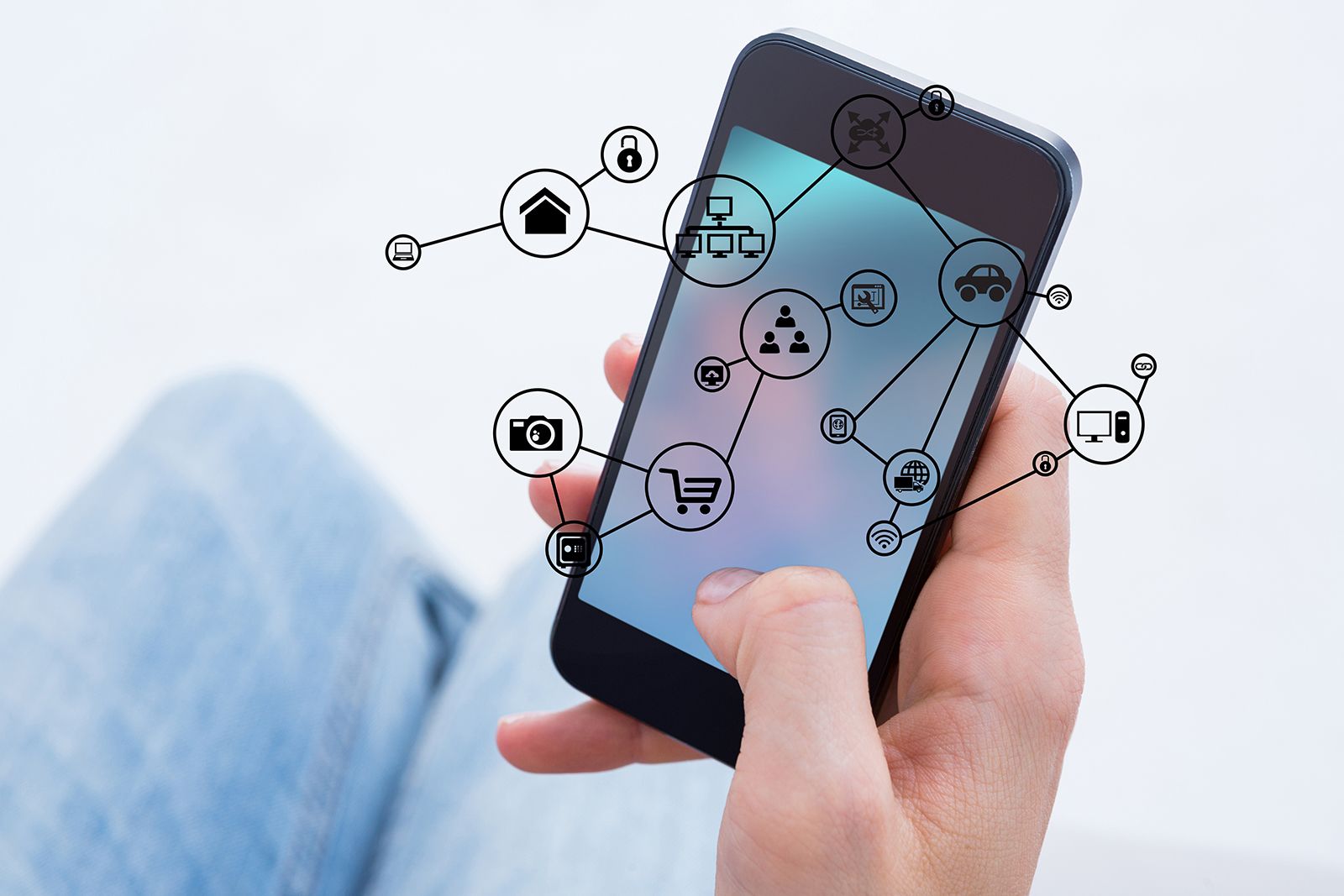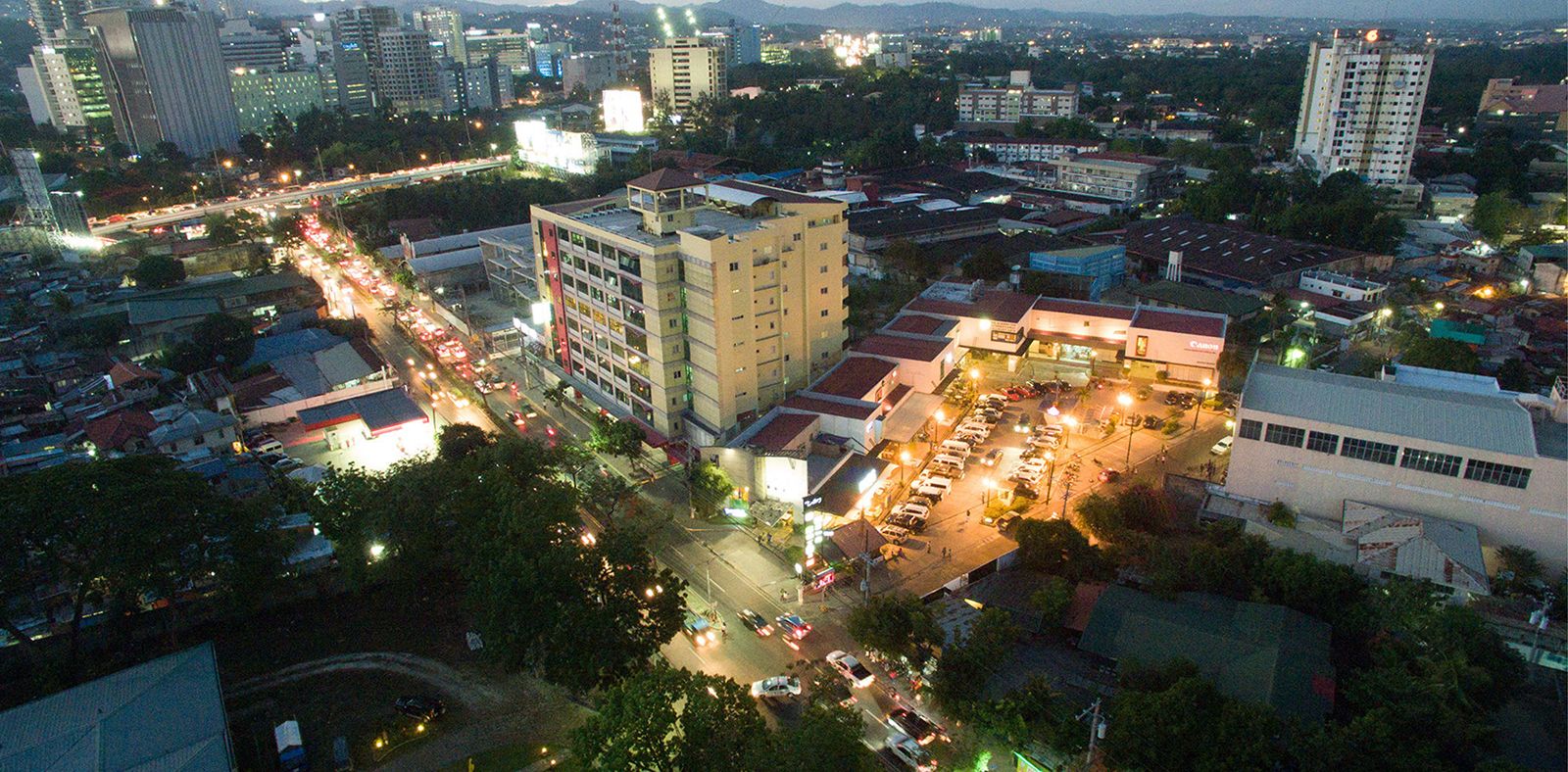A healthy workplace is an ideal place to work in. According to some research on employee behavior, one of the top three factors that employees look for in a job is a company’s commitment to health and wellbeing of its employees. This is given more emphasis as the world transitions to the new normal, giving a deeper definition to what a healthy workplace should look like.
The World Health Organization (WHO) has recently published a document defining what a healthy workplace should be, post pandemic. A healthy work environment is a balance of occupational health and safety, as well as health promotion efforts and initiatives. While there may be varied qualifications and qualities, the WHO has consolidated its concrete definition:
“A healthy workplace is one in which workers and managers collaborate to use a continual improvement process to protect and promote the health, safety and well-being of workers and the sustainability of the workplace by considering the following, based on identified needs.”
Physical Work Environment
Businesses can provide a healthy workplace by ensuring that the physical work environment is set to the highest industry standards and criteria. An ideal physical work environment ensures that the design and layout of the workplace is optimal for the comfort, productivity, and motivation of its employees.
RELATED: Optimizing Buildings for Disease Prevention
The US Green Building Council (USGBC) found that potential employees prefer working in an office located in a LEED-certified building, where their health and wellbeing are considered to be top priority. The same study found that workers based in a LEED-certified green building are found to be more satisfied on their job, and that 79 percent of the respondents agree that they would choose a job in a LEED-certified building over a non-LEED building.
Uplifting health and safety in the physical work environment should cover indoor air quality, ventilation, maintained optimal humidity, and industry standard protocol for cleaning and maintenance.
Psychosocial Work Environment
A healthy workplace should go beyond physical modifications and provide greater support to employees to their psychosocial needs. The 2018 Global Talent Trends survey found that one in two employees would like to see a greater focus on well-being at their company especially on the physical, psychological and financial wellness of its employees.
A company’s culture contributes a huge role on the WHO’s definition of a healthy workplace. Programs organized and initiated by a company to promote healthy habits and uplift the general wellbeing of their employees should be holistic—providing focus not just on their physical wellbeing but looking after their mental health as well. One study also raises the issue of psychosocial hazards in the workplace that should be addressed by companies to promote a healthy workplace. These may include organizational culture and the attitudes, values, beliefs and daily practices, that can contribute as stressors to employees.
Community Health and Wellbeing
An ideal and healthy workplace is not bound by physical workstations and office floors, but should encompass communities. Providing a workplace setting that uplifts and prioritizes the overall health and wellness of its employees creates a huge impact on public health and vice versa. As active members of the community, employees who spend the majority of their day working in their offices should be in a work environment that ensures their holistic safety and wellbeing.
RELATED: The Importance of Public Health in Communities
Premium green buildings, such as JEG Tower @ One Acacia, invests in the well-being of its building occupiers by addressing health and wellbeing in a holistic approach. By following industry-set standards and optimizing building design and operations, it is one of the most ideal locations to work in Cebu City. JEG Tower puts a premium on their health, while practicing sustainability and energy efficiency.
















